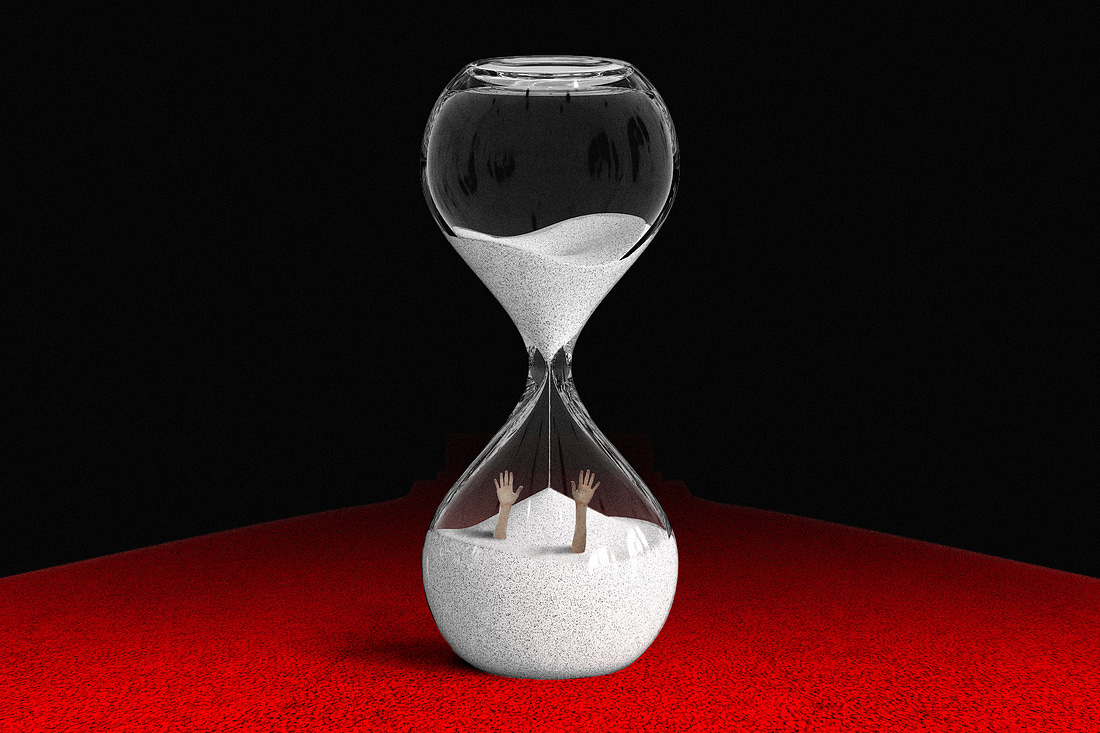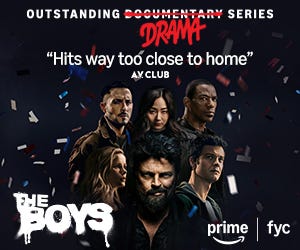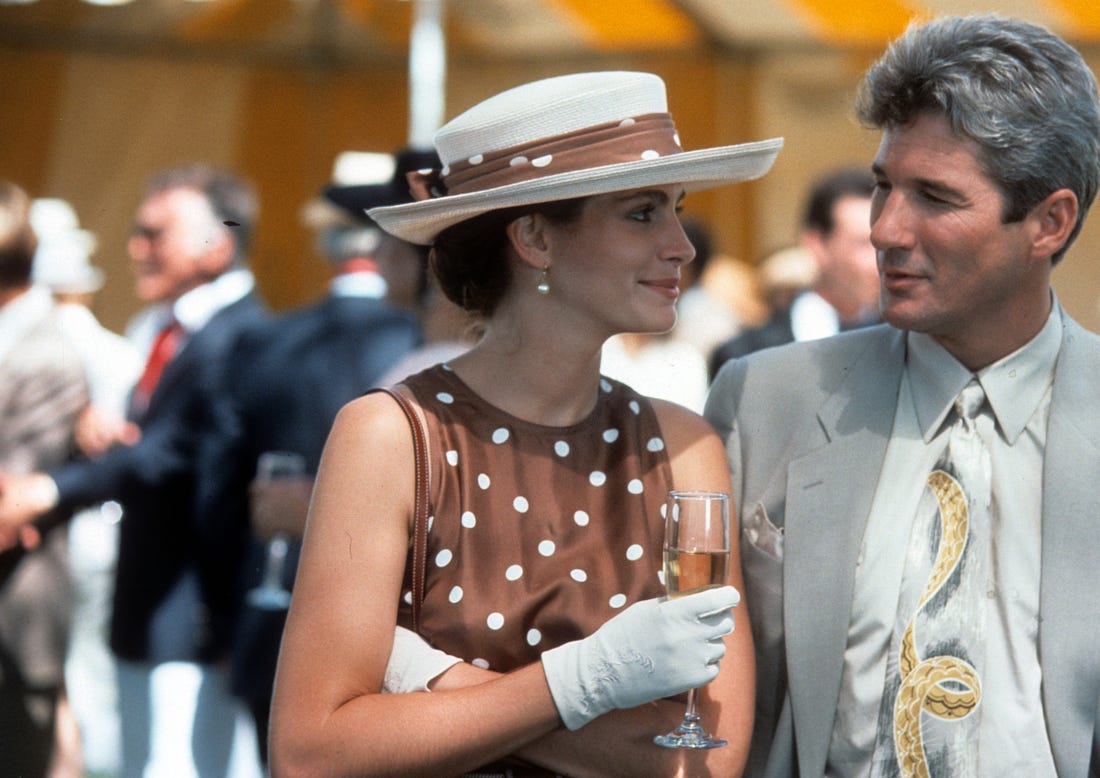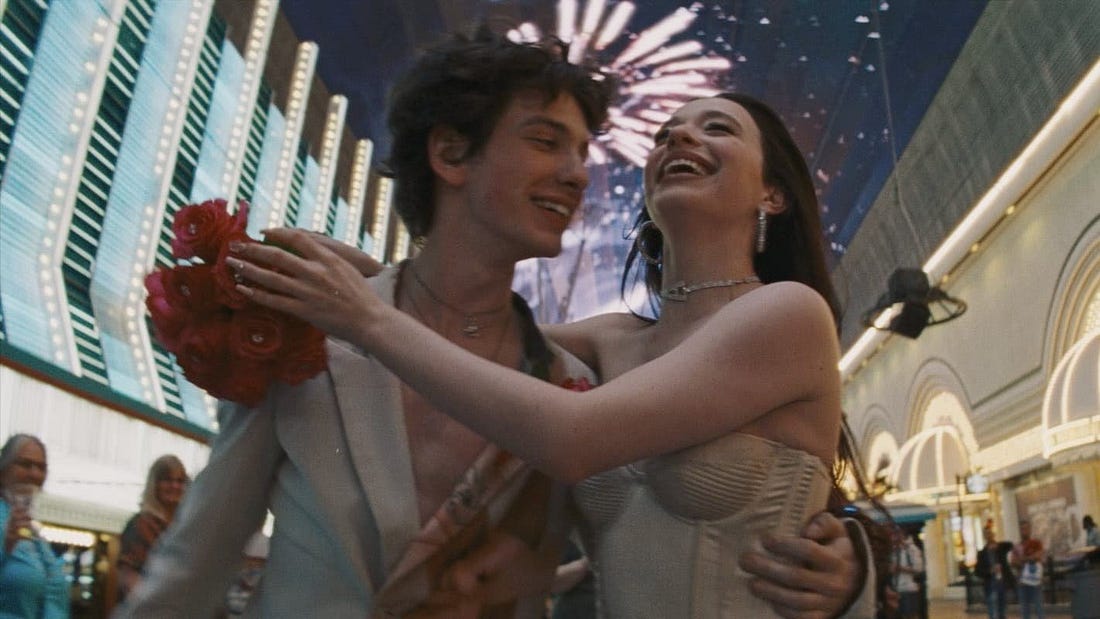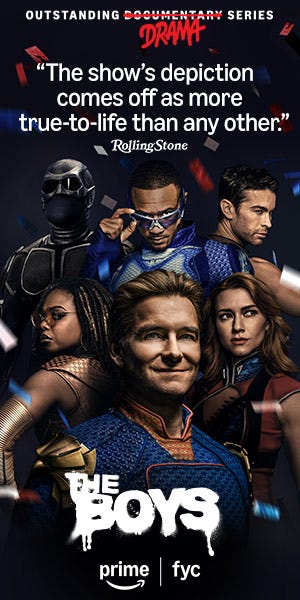We’ve declared a lot of things dead lately — everything from comedy to lunch to Hollywood itself. As the industry feels the ground tremble and open up beneath its feet, we have been very quick to write the eulogies for vast swaths of our world; to write the obituary and wrap up the body and deliver it to the morgue before it’s quite stopped breathing. And on the other hand, in different areas, we’ve got things still on heavy life support where we’re all-too-eager to say, “Look at that! He moved a finger! Everything’s fine! Nothing to see here!” In short, it’s a land of confusion about death, and it's time to take stock of how dead the element of our world really is, what is as dead as their obituaries would claim, and what needs to rethink plopping down that deposit on a timeshare. The UndeadFor starters, let’s look at the things that have been declared dead while the heart is still beating. Some of these have done an excellent impression of rigor mortis. But, ultimately, they still live somewhere in the range between “as healthy as they ever were” and “just napping.” I. Movie StarsThe fretting about Hollywood’s failure to mint new stars, real stars, goes back to the earliest days of the cinema when silent film actors, who could do it all with their eyes, bemoaned the new generation of talkie stars who just prattled on like a bunch of jeering monkeys. The cries were aided by a recent, much-touted, highly misleading poll in which the American public seemed to voice a preference only for older stars — the Cruises and Streeps. This supposedly demonstrated that Hollywood hasn’t minted anyone new since, I suppose, the mid-80s. That analysis completely ignored the glaring fact (made by our own Rob Long) that, having polled the entire public, over half of whom would be defined as old people, young people were only a tiny sliver of the respondents. The poll simply showed that people across the spectrum latched on to stars when they were young and stuck with those relationships. This is as it has been since time immemorial. In the 1970s, people in their 50s and 60s undoubtedly sneered at upstarts like Al Pacino and Elliott Gould, longing to see more of Henry Fonda and Jimmy Stewart, who continued to lead major productions throughout the decade. The traditional complaint that yesterday’s stars retained an aura of mystery is certainly aided by the rise of social media, which offers a platform for every thought, whim, and preference shoved in your face everywhere you go. In my 50s, I admit, it’s not my cup of tea. Still, that is how the kids today relate and share, and today’s stars will figure out how to navigate that while retaining some glamour. Underneath this is a constant longing for some mythical time where the Hollywood factory could roll out a star, and then that star could play any role in any piece of garbage, and the public would still turn out for it in massive numbers forever. That has never been the case. The white-hot runs of stars tend to be brief and very specific, showing a bit of range while playing certain types of roles and managing to avoid more than one or two clunkers along the way. You look, for instance, at Julia Roberts’ white-hot moment as a leading lady — often cited as the paragon of modern stardom — and it was basically four films (Pretty Woman, Sleeping with the Enemy, Dying Young, and The Pelican Brief) over three years. Then came the ill-fated I Love Trouble, and you were already on the downward slope to Mary Reilly and Michael Collins. Roberts rose again after My Best Friend’s Wedding, and she remains, by all definitions, a star today, but the idea that people will turn out for anything she does is long gone. Look at the 10 highest grossing live-action films of last year and here are the stars: Ryan Reynolds, Hugh Jackman, Ariana Grande, Cynthia Erivo, Michael Keaton, Winona Ryder, Jenna Ortega, Timothée Chalamet, Zendaya, Glen Powell, Rebecca Hall, Dan Stevens, Will Smith, Martin Lawrence, Freya Allen, Pedro Pascal, Denzel Washington, Blake Lively and Justin Baldoni. Something old and something new there. Stardom is a natural state of humanity. Walk into the local Chess Club mixer and, by default, someone in the room will be the star, the most glamorous, the most sought after. And the young actors of movies, TV and social media will continue to exert a pull on the imaginations of the people who matter — the young. And they will not do it in the way that we elderly think that stars should, but they will always find their own path for their own times. II. Independent FilmGranted, this one is doing an excellent impression of playing dead. You look at what’s emerging from festivals at what price, and how independent films have fared lately at the box office, and you’d be excused for thinking that it’s lights out. What we have at the bottom is a structural problem. To oversimplify dramatically, the streamers came in to disrupt the system. They have accustomed independent cinema to a world of extravagant checks with little demand for results, and, in turn, the infrastructure and audience for big-screen independent film have wilted. Now, the streamers are pulling back, leaving their new friends out in the cold. It’s a bleak moment for the sector, but there are signs that better days may be just over the horizon. To oversimplify dramatically once again, the retreat of the studios from the box office creates an opening both structurally and creatively that the independent world can step up and fill. There will be empty screens, empty sound stages and unsatisfied desires of moviegoers that the indie world could well step into. What’s more, there have never been more paths available to circumvent the studios’ hold on marketing, distribution and fundraising for the driven entrepreneurial filmmaker. Success stories will inspire greater risks and even greater successes. These dots are out there, waiting to connect. But what is missing is for the indie world to step up to the plate creatively. Independent film has become too comfortable playing in a niche to tiny audiences. If they are going to break out to a larger sphere, we’ll have to start seeing more films trying to play to everyone. III. Comedy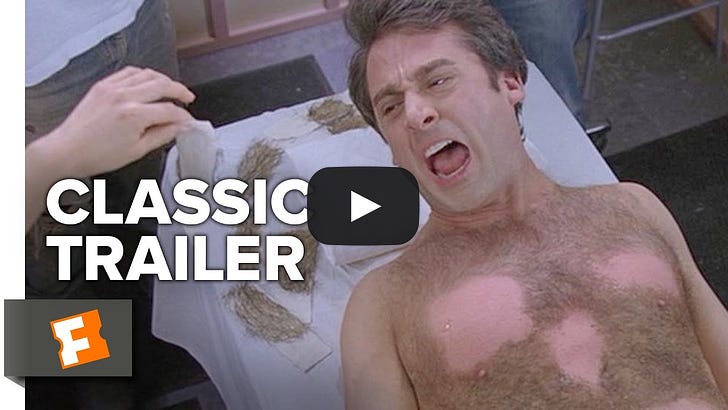 You can’t keep half of the artistic spectrum silent forever. While at the moment, proper big-screen comedy as a medium is on a heavy IV, the demand for those projects is such that breakthroughs will come. Look at TikTok and YouTube, and you’ll find almost nothing but comedy. On streaming networks, stand-up comedy specials remain one of the major genres, and the hunger for scripted comedies keeps pushing viewers back to the last years when the industry still made them in quantity. A combination of skittishness and a focus on nothing but the blandest, biggest four-quadrant blockbuster pushed comedy off the main stage. Still, looking across the culture, there is every indication that the hunger for shared laughter is as great as it has ever been. If the studios don’t figure out how to feed that, someone else will. (See previous item: Film, independent.) THE POSSIBLY DEADAnd then there are the things that might very well be heading to the great showbiz round-up in the sky. The heart monitor still shows a pulse, so while they’re still breathing, there’s always the possibility of a miraculous recovery, but those chances get more remote with every passing day... Subscribe to The Ankler. to unlock the rest.Become a paying subscriber of The Ankler. to get access to this post and other subscriber-only content. A subscription gets you:
|




